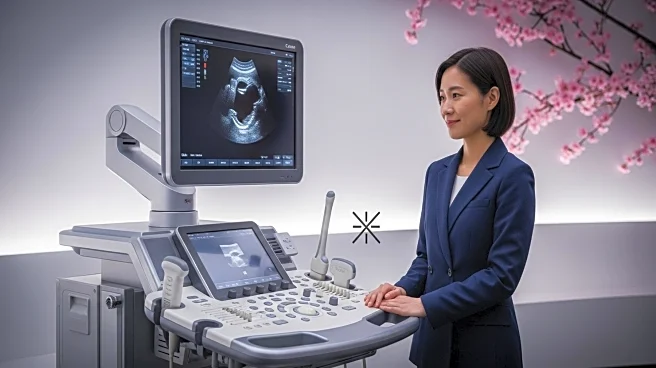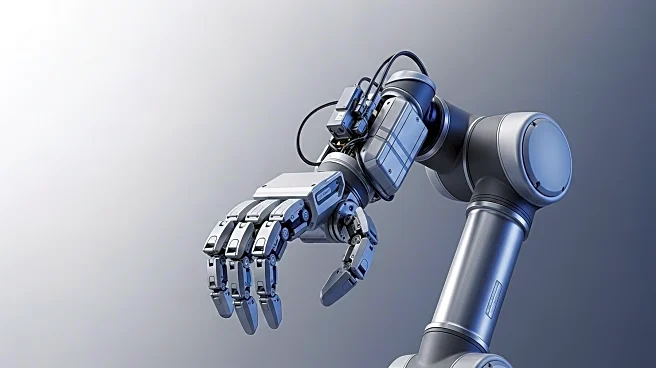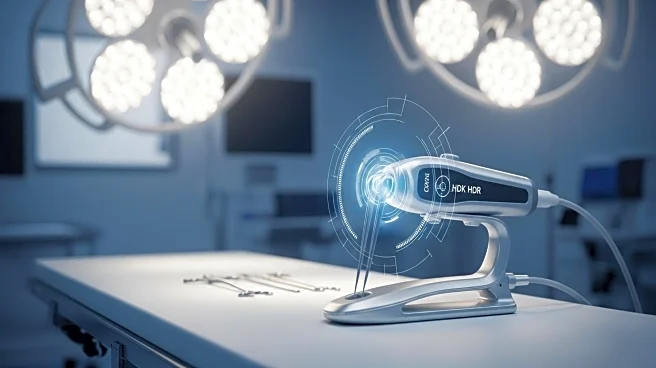What is the story about?
What's Happening?
HistoSonics, Inc., a Minneapolis-based medical device company, has entered into an exclusive distribution agreement with Gunze Medical Limited, a subsidiary of Gunze Limited headquartered in Osaka, Japan. This partnership aims to distribute HistoSonics' noninvasive ultrasound therapy devices equipped with histotripsy technology in Japan. Histotripsy is a groundbreaking method that uses ultrasound energy to create microbubbles within tissue, which then rapidly expand and collapse to destroy cancerous cells without surgical intervention. This technology is particularly beneficial for patients who cannot undergo conventional treatments due to factors like impaired liver function or advanced age. The agreement will see Gunze Medical working towards obtaining necessary approvals and establishing support systems in collaboration with medical institutions in Japan.
Why It's Important?
The introduction of histotripsy technology in Japan represents a significant advancement in cancer treatment, offering a noninvasive alternative to traditional methods such as surgery and radiofrequency ablation. This technology minimizes damage to surrounding healthy tissue and blood vessels, potentially improving patient outcomes and reducing recovery times. The partnership between HistoSonics and Gunze Medical could lead to increased accessibility of this innovative treatment in Japan, benefiting patients with liver cancer and potentially expanding to other types of cancer. The move also highlights the growing interest in noninvasive medical technologies, which could reshape treatment protocols and healthcare delivery in the future.
What's Next?
Gunze Medical will focus on obtaining manufacturing and marketing approval for the histotripsy devices in Japan, along with securing insurance coverage. The company plans to establish a support and training system for medical institutions to ensure effective implementation of the technology. As histotripsy gains traction, it is expected to be approved for treating a wider range of diseases, including kidney and pancreatic cancers. The technology has already received Breakthrough Device Designation from the U.S. FDA and market clearance, indicating its potential for broader application and acceptance in global markets.
Beyond the Headlines
The adoption of histotripsy technology could lead to ethical discussions regarding the accessibility and cost of advanced medical treatments. As noninvasive methods become more prevalent, healthcare systems may need to adapt to integrate these technologies, potentially influencing medical training and resource allocation. Additionally, the success of histotripsy could spur further innovation in ultrasound-based therapies, encouraging research and development in noninvasive medical solutions.
AI Generated Content
Do you find this article useful?















